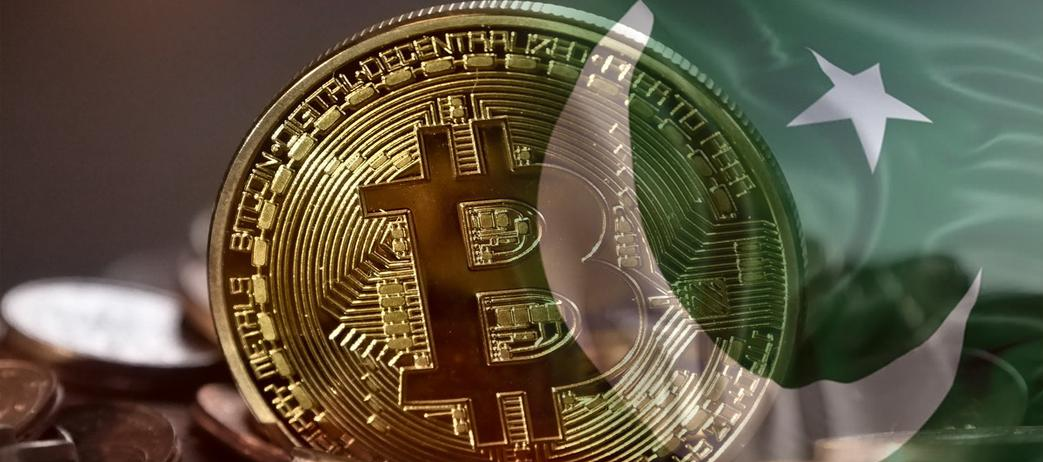- The US dollar will surge through 2030, diminishing de-dollarization fears, Ed Yardeni said.
- He cites monetary policy and geopolitical tensions as reasons for continued dollar strength.
- A strong dollar can impact consumer spending power, corporate profits, and stock prices.
The US dollar will surge through 2030, according to market veteran Ed Yardeni, who says the growing narrative of de-dollarization is overblown.
In a Monday note, Yardeni offered five reasons he expects the US dollar to extend its long-term uptrend since it bottomed at around $75 in 2011 based on the US Dollar Index, which measures the dollar against a basket of global currencies.
Yardeni Research
A strong US dollar has big implications for how money and stock prices move around the world.
While US consumers may benefit from a stronger dollar via increased purchasing power, international companies typically see suppressed profits as they convert their foreign earnings derived from different currencies into fewer US dollars.
And lower corporate profits due to a strengthening dollar can put downward pressure on stock prices.
That’s not to say stock prices can’t surge amid a strengthening greenback.
The US Dollar Index is up 39% since its April 2011 low, while the S&P 500 is up 312% over the same time period. And since December 2020, the US dollar is up 13% while the S&P 500 is up 51%.
“The strength of the US dollar has been a key feature of the post-pandemic bull market,” Yardeni wrote.
These are the five reasons Yardeni expects the US dollar to strengthen through the rest of this decade.
1. Monetary policy
The US dollar has weakened in recent weeks as interest rates dropped due to prospects of significant interest rate cuts by the end of the year. But Yardeni believes the market got ahead of itself when it comes to interest rate cuts, and if that’s the case, the US dollar should strengthen.
“Elevated expectations of 100-125bps cuts in the federal funds rate over the coming six months have helped sink the entire Treasury yield curve. We expect Fed officials to push back against these expectations if the next batch of economic indicators beats expectations, as we expect,” Yardeni said.
2. A volatile yen
There has been a surge in volatility seen in the yen amid a surprise interest rate hike from the Bank of Japan and a subsequent carry trade unwind.
However, once that volatility subsides and the yen stabilizes, the US dollar should benefit, according to Yardeni, who sees a potential catalyst for this on Friday.
“Traders have been selling dollars to buy yen ahead of BOJ Governor Ueda’s appearance in Japan’s Parliament on Friday. The yen advanced roughly 1.0% against the dollar on Monday as hedge funds rapidly pared their short yen positions, according to CFTC futures and options data,” Yardeni wrote.
3. Economic surprises
There have been some hiccups in the US economy in recent weeks, mostly sparked by a weak July jobs report and a rising unemployment rate.
But Yardeni ascribes much of the July weakness to Hurricane Beryl which was highly disruptive for Texas amid flooding and power outages.
With those issues in the rearview mirror, the US economy should bounce back, adding yet another catalyst for the dollar to gain.
“As the impact of Hurricane Beryl on economic indicators fades, we expect the Citigroup Economic Surprise Index to rebound in the coming weeks. That should support long-term bond yields, boosting the dollar,” Yardeni explained.
4. Geopolitical tensions
According to Yardeni, if tensions in the Middle East rise, this should spark a higher dollar.
That’s because the US currency is a prime safe-haven asset for investors around the world.
“An escalation of tensions between Israel and Iran would raise oil prices, bond yields, and therefore the dollar. But a severe escalation would encourage a flight to safe-haven assets, raising bond prices and raising the dollar simultaneously. The Russia-Ukraine war can be gamed out in a similar fashion, with Ukraine now threatening Russian energy production,” Yardeni said.
5. Strong demand
Foreign investors still can’t get enough of US debt, as it still offers sizable yields on essentially risk-free investments. Foreigners convert their currency into dollars to buy Treasurys, leading to even more demand for the dollar.
“Over the 12 months ended June, foreign investors have scooped up $451 billion of long-term Treasuries, another $318 billion of US corporate bonds, and $168 billion of equities,” Yardeni explained.








